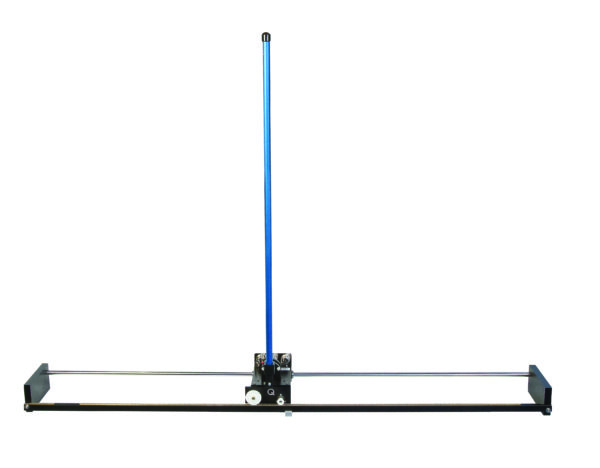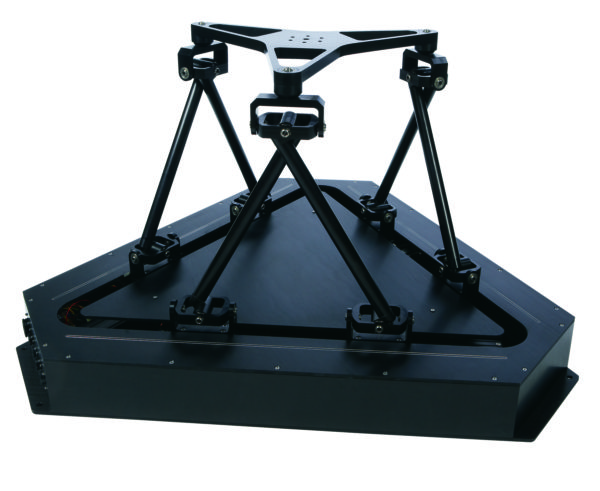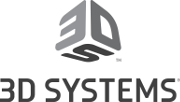The Linear Servo Base Unit is the fundamental unit for the Quanser linear motion platform. It is ideally suited to introduce basic control concepts and theories on an easy-to-use and intuitive platform.
Use it on its own to perform several experiments, or expand the scope of this unit by adding on other modules to teach an even wider range of experiments. The scalability of the platform gives you an opportunity to expose students to a variety of linear control challenges for a minimal investment.
Linear Servo Base Unit with Inverted Pendulum
The Linear Motion Control Lab is one of the most popular, flexible and modular solutions for teaching controls. Based on the world’s leading turn-key platform for controls education, it is designed to help engineering educators reach a new level of efficiency and effectiveness in teaching controls.
| Brand |
Quanser |
|---|
Description
Categories: Control Systems, Linear Motion Platform, Mechanical Engineering









